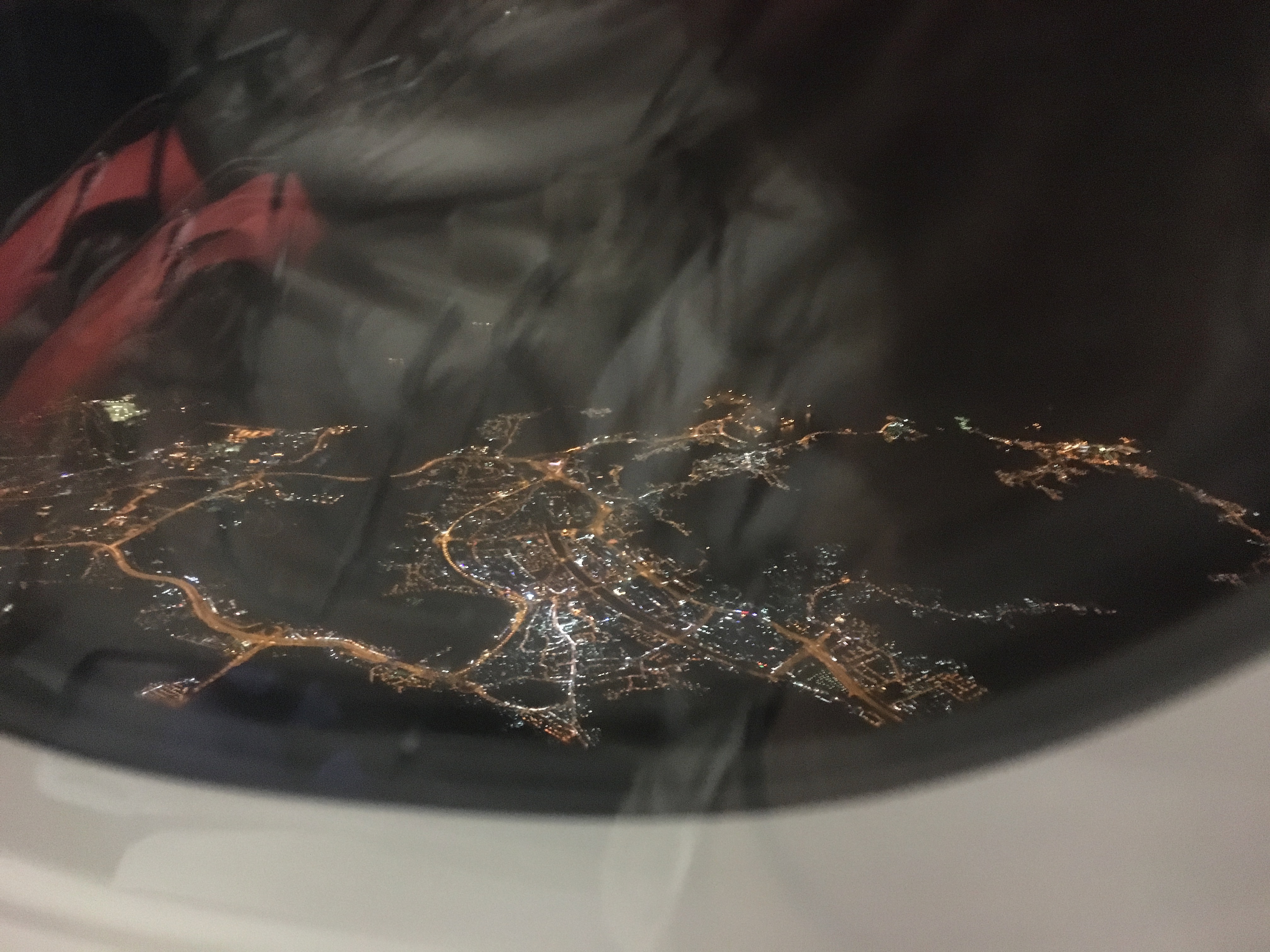MUSCAT /OMAN – UAE Last Updated: April 2, 2022
After 2013 we decided to go on shorter trips. Looking around different destinations Oman sounded a very interesting place.

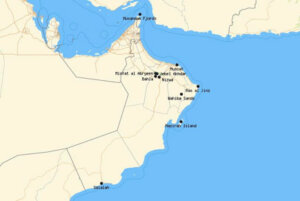
On the edge of the Arabian Peninsula, you’ll find the Sultanate of Oman. Often overlooked by travelers,
an exotic destination filled with incredible attractions and cities. The capital of Muscat is by far the most popular destination, but it only contains a small part of what makes Oman great.
If you’re thrilled by desert landscapes, incredible mountain ranges, historic forts, and warm beaches throughout the year, then make Oman your destination. Oman is a state with varying geography from coastal regions which are much more hospitable. Oman’s lush northern coast lies between the sea and inland mountains. This verdant, fertile region is known for its grapes and other produce, as is the Dhofar region in the country’s south.
Oman takes great pride in its magnificent ecology and diverse flora and fauna. Special attention is given to threatened or endangered species, as the oceans surrounding Oman are home to a range of fish species as well as dolphins and migrating whales; together with intricate corals and unique species of seaweeds that support the marine ecosystem. Nature reserves and habitats in the Sultanate cover an area of almost 30,000 square kilometers and also encompass reserves dedicated to plant life; the most famous being Oman’s frankincense trees.
Inland, protected areas cover vast areas serving as important breeding grounds for endangered species such as the Arabian Oryx, Nubian Ibex, or rare Arabian Leopard. The Sultanate is also a bird watcher’s paradise, witnessing the migration of over 130 species of birds each year.
Our trip included the following destinations
1. The City of Muscat with old and very modern architecture
2. Grand Canyon of Oman
3. Wadis – stream of water that leads to pools of water where a lot of water sports can be enjoyed
Wadi Darbat, Wadi Ash Shab
4. Desert Safari
5. Most unexpected treat was a very interesting stay at the Center for Turtle research along with a very informative museum.
When we reached there it was like the middle of the night. Many passengers were hustling to get out quickly. Some staff members recognized us as tourists and immediately cleared our entry.
City of Muscat – The capital, Muscat, lies along the northern coast. Blending modern and traditional architecture, the city commands a view of the Gulf of Oman and serves as a port and commercial center.
If you only visit one place in Oman, it is likely to be Muscat. Muscat, Oman’s port capital, sits on the Gulf of Oman surrounded by mountains and desert. With a history dating back to antiquity, it mixes high-rises and upscale shopping malls with clifftop landmarks such as the 16th-century Portuguese forts, Al Jalali and Mirani, looming over Muscat Harbor. Its modern, marble-clad Sultan Qaboos Grand Mosque, with 50m dome and prodigious Persian carpet, can accommodate 20,000 people.
The Al Alam Palace is a palace located in Old Muscat, Oman. It was used as a ceremonial palace. Standing guard over the palace are the twin forts of Al Jalali and Al Mirani, which have been converted to museums and are open to the public.
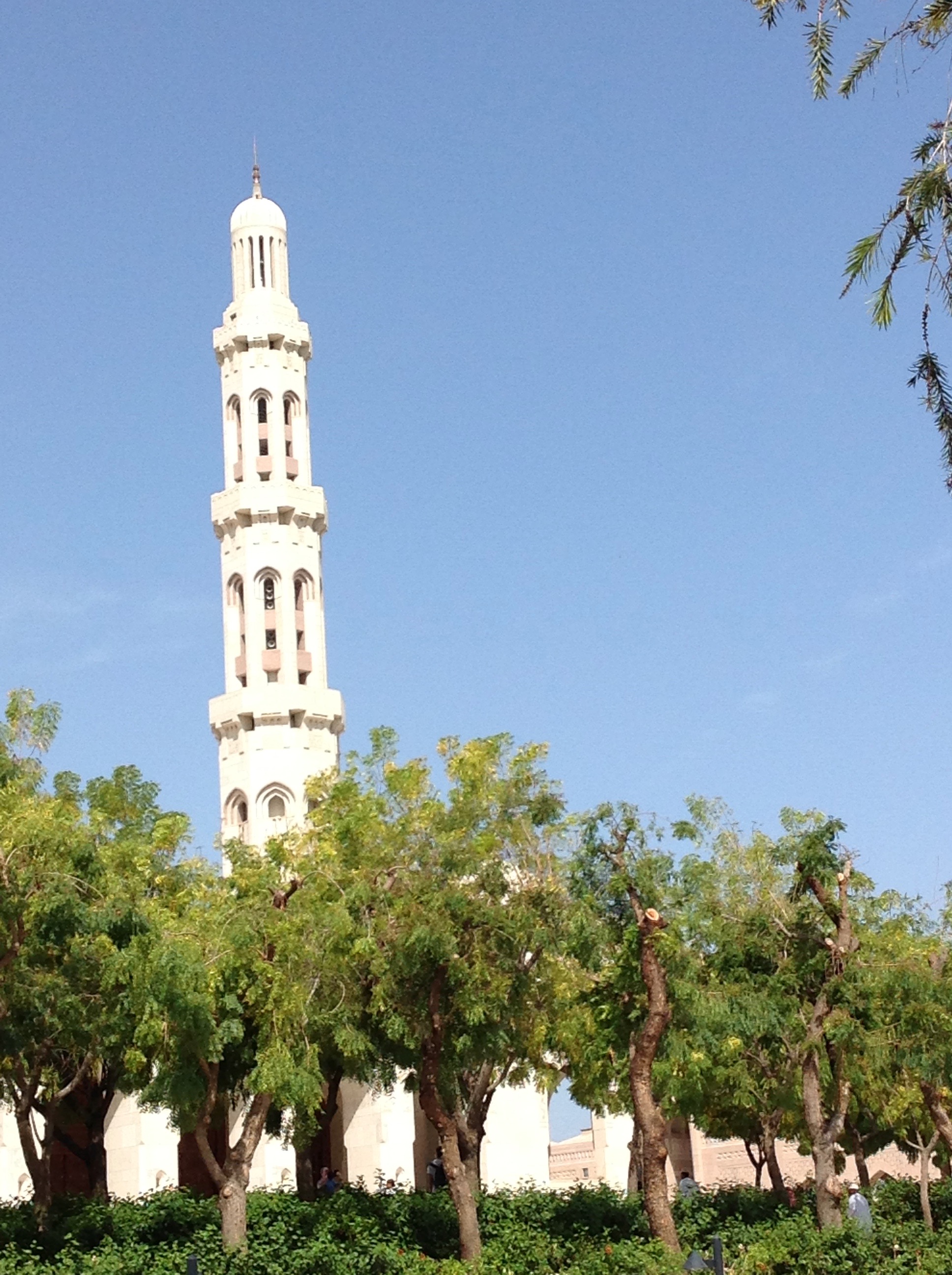
The Royal Opera House is Oman’s premier venue for musical arts and culture. Built on the royal orders of Sultan Qaboos of Oman, the Royal Opera House reflects unique contemporary Omani architecture, and has a capacity to accommodate a maximum of 1,100 people. The opera house complex consists of a concert theatre, auditorium, formal landscaped gardens, a cultural market with retail, luxury restaurants, and an art center for musical, theatrical, and operatic productions.

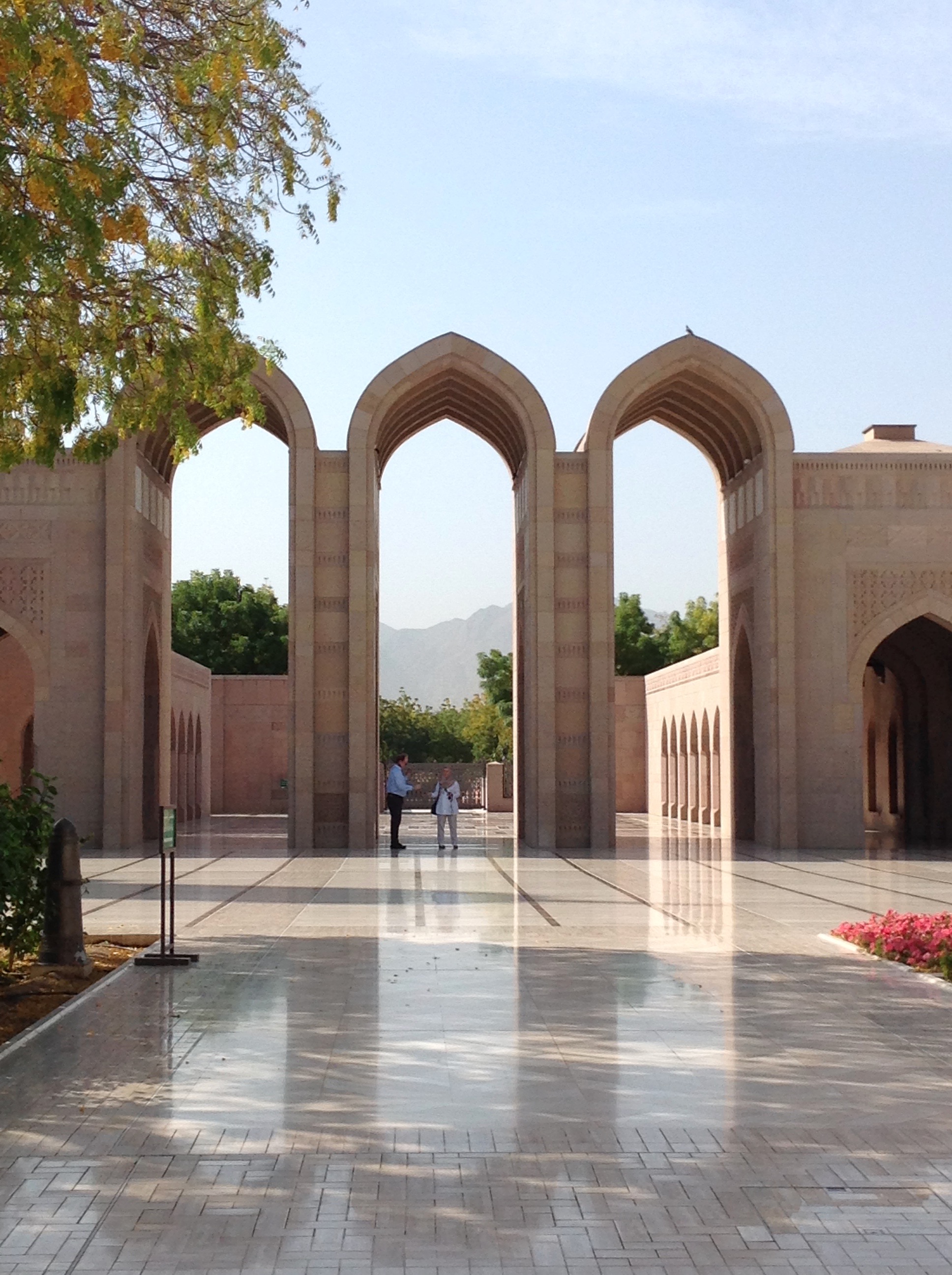
Grand Canyon of Oman
Mountains take up a large part of Oman’s landscape, varying greatly in appearance and vegetation.
The mountains in Salalah, due to regular rainfall in summer time, remain green nearly all year round. The Al Hajar mountains range, features Oman’s highest peak – Jebel Shams, home to Oman’s very own Grand Canyon.
We stayed at Al Jebel Shams hotel. A superb view of grand canyon from here. Al Jebel Al Akhdar, also known as Green Mountain, is also part of the Al Hajar range. Its top is the Saiq Plateau, which runs across many kilometers and is home to numerous scenic terrace fields and mountain villages. Don’t expect a traditional mountaintop, and don’t let the green misnomer fool you.
The Jebel Akhdar region is a primarily limestone, and it has the highest point in the entire country of Oman.
While not covered in lush forests, the elevation makes for cooler temperatures and more agricultural growth than in the desert below. The area is now protected, and you can hike through beautiful terraces and even spot trees laden with fruit. Hiking might not seem like an appealing activity in the deserts of Oman, but it is the perfect pastime in Jebel Akhdar.
As you drive along you see some beautiful old towns, and smaller villages capture a more traditional atmosphere. This mountain village is made up of stone buildings in shades of orange and brown, and it can look more like an Italian mountain village than something you might expect to find on the Arabian Peninsula. A steep road leads up the mountain, and you can walk among the buildings to admire banana trees and lush greenery. There’s an ancient watchtower above the village that you can climb to see Misfat al Abryeen as well as the surrounding fields and dams filled with water.
The mountain is a popular sightseeing area located 240 km from Muscat. In the summer, the temperature is around 20 °C and in the winter it drops to less than 0 °C. Jabal Shams also hosts Al Nakhur Canyon, which is spectacular.
Wadis – The tall mountains often times feature stunning wadis, cut into the mountains through time and crossable only by 4x4stream of water that leads to pools of water where lot of water sports can be enjoyed
Bahla
Another incredible destination in Oman is the city of Bahla, located in Northern Oman. Bahla is a kind of oasis in the desert, and it has been a stopping point of travelers for centuries. Bahla is just 40 km (25 miles) from Nizwa, and it also boasts a spectacular and historic fort.
The Bahla Fort dates back to the 13th century, when it was widely under the control of the Banu Nebhan tribe. In addition to exploring the fort of Bahla, you can see the walls of the city, which are made from adobe and stretch for nearly seven miles in length. If you’re in the market for souvenirs, Bahla is widely known for its impressive selection of local pottery.
Salalah
In Southern Oman is Salalah, a destination sometimes known as the second city to Muscat. Salalah is particularly important today because it is the ancestral home to the Sultan Qaboos, the reigning sultan in Oman since 1970. On a visit to Salalah, you can admire the incredible Qaboos Palace, and you can appreciate older architecture in the Old Town, known as the Haffa.
Step even further back in time by visiting the Al Baleed Archaeological Site. Salalah is known for its frankincense trade, so be sure to pick some up as a souvenir from the souk in the Haffa. From June to August, monsoon clouds from India bring a constant rain to the area and, as a result, the coastal region around Salalah is transformed into a green oasis with seasonal waterfalls and streams.
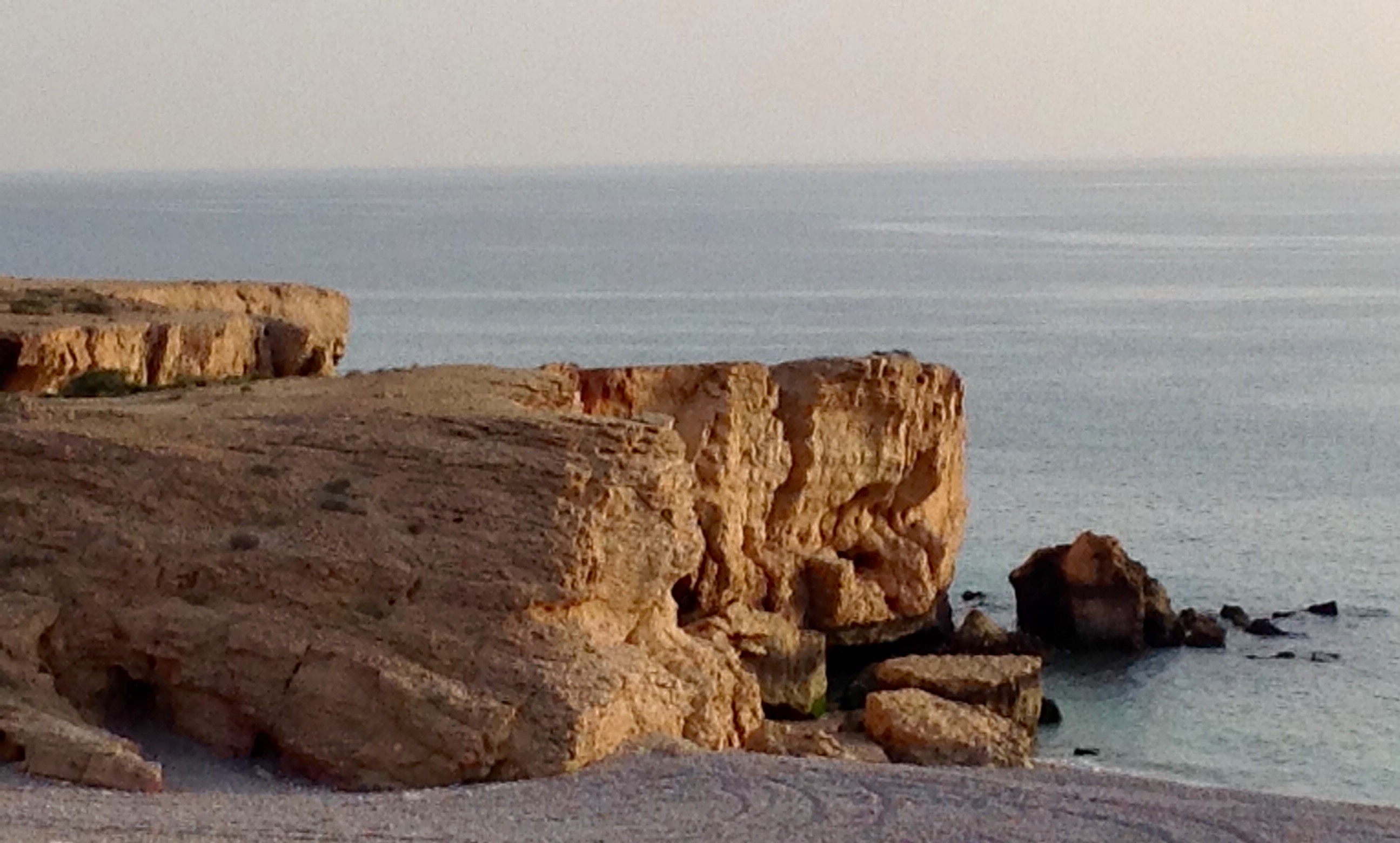

As you drive along you see some beautiful old towns and smaller villages that help capture a more traditional atmosphere. This mountain village is made up of stone buildings in shades of orange and brown, and it can look more like an Italian mountain village than something you might expect to find on the Arabian Peninsula. A steep road leads up the mountain, and you can walk among the buildings to admire banana trees and lush greenery. There’s an ancient watchtower above the village that you can climb to see Misfat al Abryeen as well as the surrounding fields and dams filled with water.
and the country. The mountain is a popular sightseeing area located 240 km from Muscat. In the summer, the temperature is around 20 °C and in the winter it drops to less than 0 °C. Jabal Shams also hosts Al Nakhur Canyon, it’s so spectacular that it is
Salalah
In Southern Oman is Salalah, a destination sometimes known as the second city to Muscat. Salalah is particularly important today because it is the ancestral home of Sultan Qaboos, the reigning sultan in Oman since 1970. On a visit to Salalah, you can admire the incredible Qaboos Palace, and you can appreciate older architecture in the Old Town, known as the Haffa.
Step even further back in time by visiting the Al Baleed Archaeological Site. Salalah is known for its frankincense trade, so be sure to pick some up as a souvenir from the souk in the Haffa. From June to August, monsoon clouds from India bring a constant rain to the area and, as a result, the coastal region around Salalah is transformed into a green oasis with seasonal waterfalls and stream
Ras Al Jinz Turtle reserve
On the easternmost tip of Oman is Ras al Jinz, a turtle reserve that helps to populate and protect the sea turtles of the Indian Ocean. If you visit during the summer, or between the months of May and October, you can see turtle nests along the beach and even watch the baby turtles hatch and make their way to the ocean.
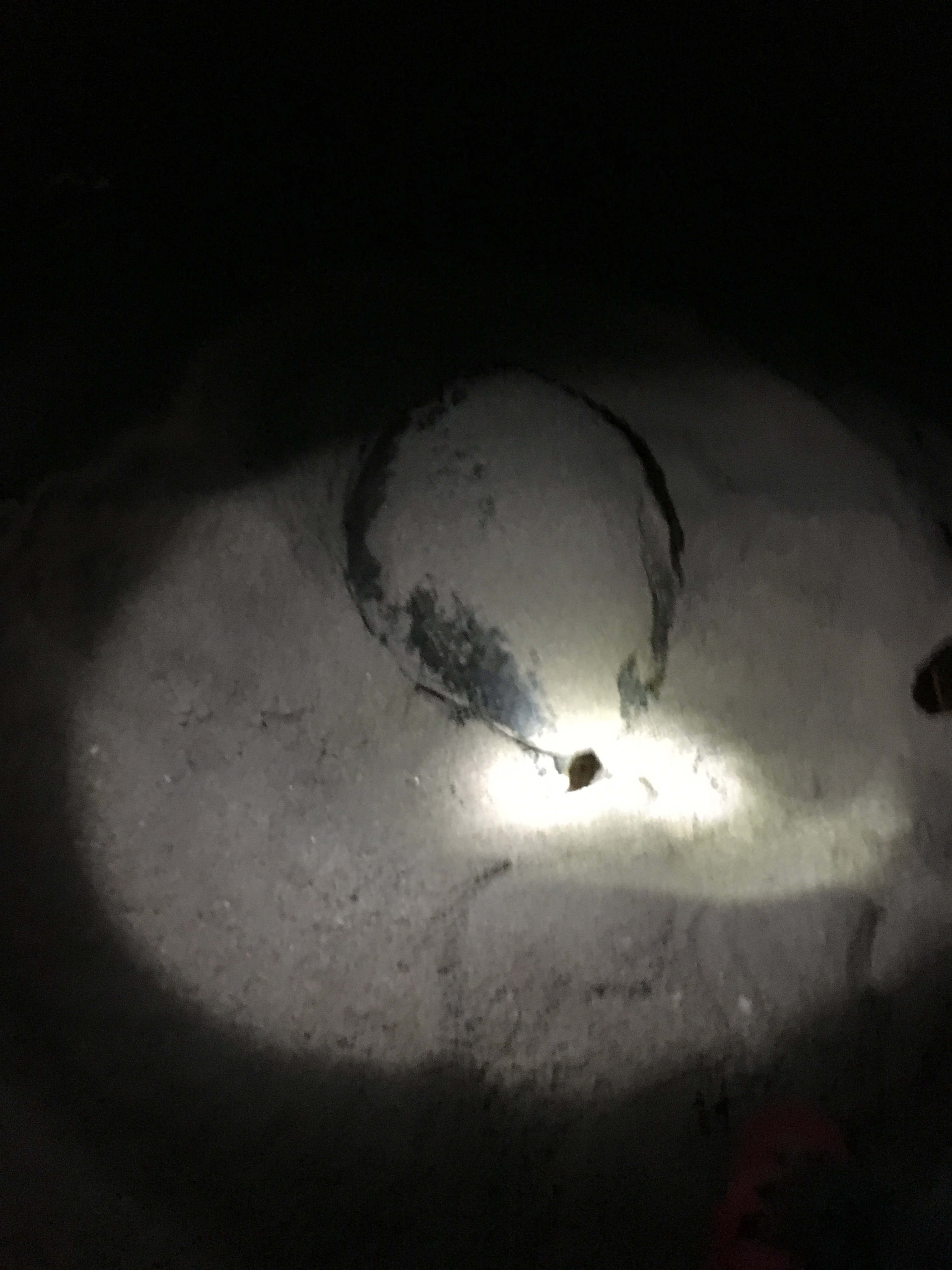
Visiting the turtle reserve is possible as a day trip to Muscat, but most visitors opt to spend the night at the resort and check out other attractions like the Turtle Visitor Center and Museum.
The hotel is built in such a way that the wall facing sea has no windows. We also stayed for one night. When they locate a turtle they take visitors to the shore. It is difficult to walk in sand and that too at night. We made it with great difficulty but we saw a big turtle laying eggs. There was one more a little further away. But we decided to return. By then they had arranged for a Jeep to take us back.
On our return to Muscat we stayed for one more day and took a trip to watch Dolpins.
